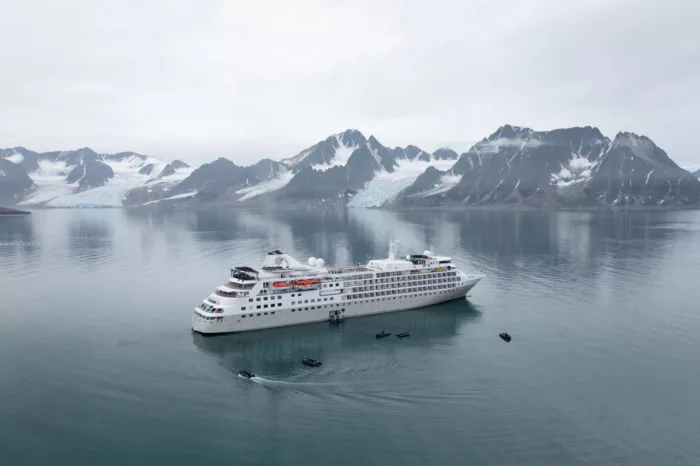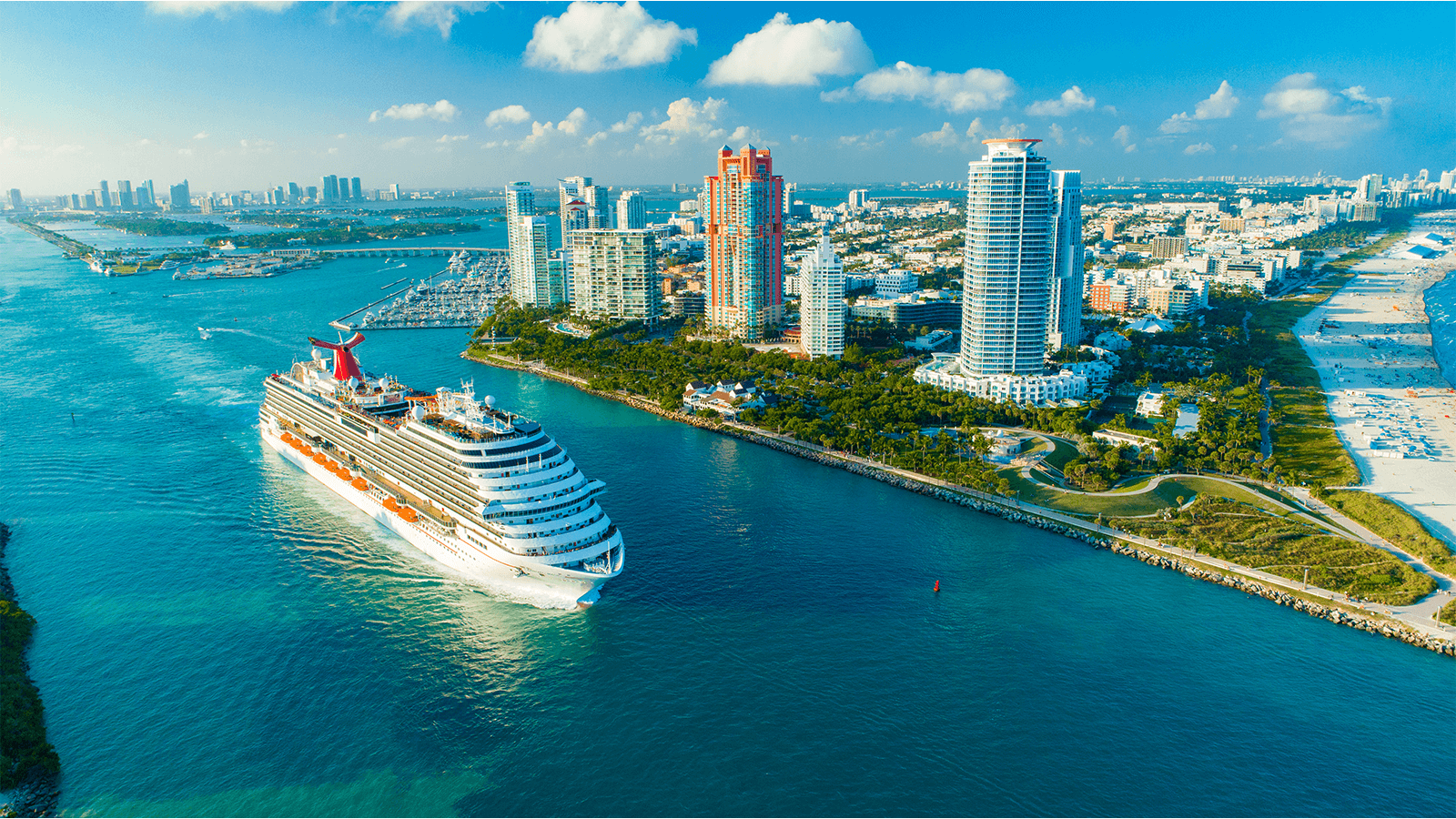Silversea Cruises
Wellness should be about balanced indulgence, not self-sacrifice - that's the philosophy behind Silversea's new programme called Otium, named after the Roman leisure time dedicated to bathing, talking, singing, drinking, eating and relaxing. The easygoing regime includes a 24-hour room-service menu of comfort food, as well as new spa treatments, relaxing baths and hot chocolate served on your balcony.
254
Passengers
212
Crew
1994
Launched
2017
Last refit
17400t
Tonnage
155m
Length
21m
Width
18kts
Speed
7
Decks
USD
Currency
Cruise Itinerary
Day 1
Darwin, Northern Territory, Australia
Day 2
At Sea
Relax and make the most of the myriad of facilities available on board the ship, from fantastic entertainment to delicious and diverse dining options.
Day 3
Pulau Nai, Indonesia
Day 4
,
Day 4
Triton Bay, Indonesia
Day 5
,
Day 5
Sebakor Bay, Indonesia
Day 6
Misool, Raja Ampat, Indonesia
Days 7 - 8
Raja Ampat Islands, Indonesia
Day 9
Pulau Ayu, Indonesia
Day 10
At Sea
Relax and make the most of the myriad of facilities available on board the ship, from fantastic entertainment to delicious and diverse dining options.
Day 11
Vanimo, Papua New Guinea
Day 12
Ali Island, Papua New Guinea
Day 13
Madang, Papua New Guinea
Day 14
Garove Island, Papua New Guinea
Day 15
Rabaul, Bismarck Archipelago, Papua New Guinea
Day 16
At Sea
Relax and make the most of the myriad of facilities available on board the ship, from fantastic entertainment to delicious and diverse dining options.
Day 17
Kasolo Island, Solomon Islands
Day 18
Mbili Island, Solomon Islands
Day 19
Santa Ana Island, Solomon Islands
Day 20
At Sea
Relax and make the most of the myriad of facilities available on board the ship, from fantastic entertainment to delicious and diverse dining options.
Day 21
Champagne Bay, Espiritu Santo Island, Vanuatu
Day 22
Ambrym, Vanuatu
Day 23
At Sea
Relax and make the most of the myriad of facilities available on board the ship, from fantastic entertainment to delicious and diverse dining options.
Day 24
Lautoka, Fiji

Day 1
Darwin, Northern Territory, Australia

Day 2
At Sea

Day 3
Pulau Nai, Indonesia

Day 4
,

Day 4
Triton Bay, Indonesia

Day 5
,

Day 5
Sebakor Bay, Indonesia

Day 6
Misool, Raja Ampat, Indonesia

Days 7 - 8
Raja Ampat Islands, Indonesia

Day 9
Pulau Ayu, Indonesia

Day 10
At Sea

Day 11
Vanimo, Papua New Guinea

Day 12
Ali Island, Papua New Guinea

Day 13
Madang, Papua New Guinea

Day 14
Garove Island, Papua New Guinea

Day 15
Rabaul, Bismarck Archipelago, Papua New Guinea

Day 16
At Sea

Day 17
Kasolo Island, Solomon Islands

Day 18
Mbili Island, Solomon Islands

Day 19
Santa Ana Island, Solomon Islands

Day 20
At Sea

Day 21
Champagne Bay, Espiritu Santo Island, Vanuatu

Day 22
Ambrym, Vanuatu

Day 23
At Sea

Day 24
Lautoka, Fiji
Ship Details

Silversea Cruises
Silver Cloud
Silver Cloud is the first hybrid ship in our fleet and brings the remote and remarkable to you in ultra-luxurious comfort. Her large suites, destination itineraries and unparalleled service make her truly special.
Cabins
All Prices











